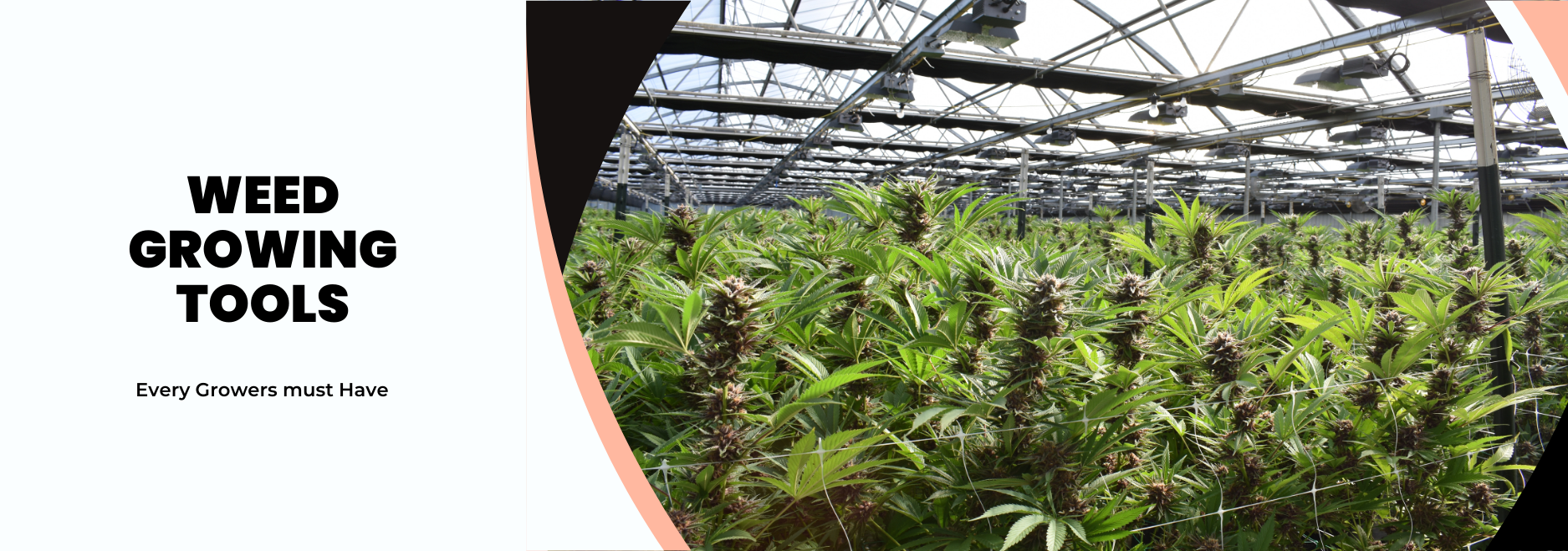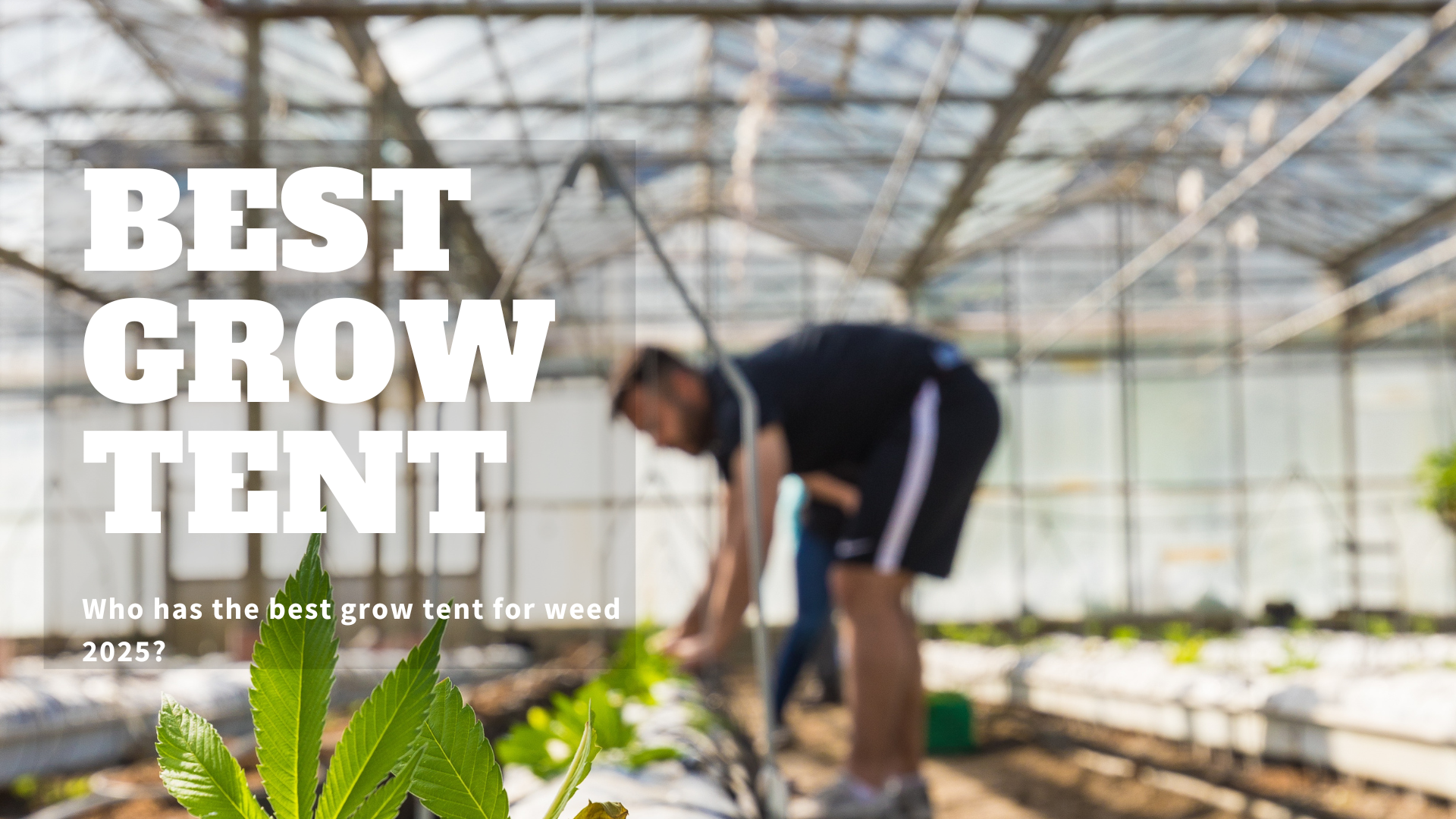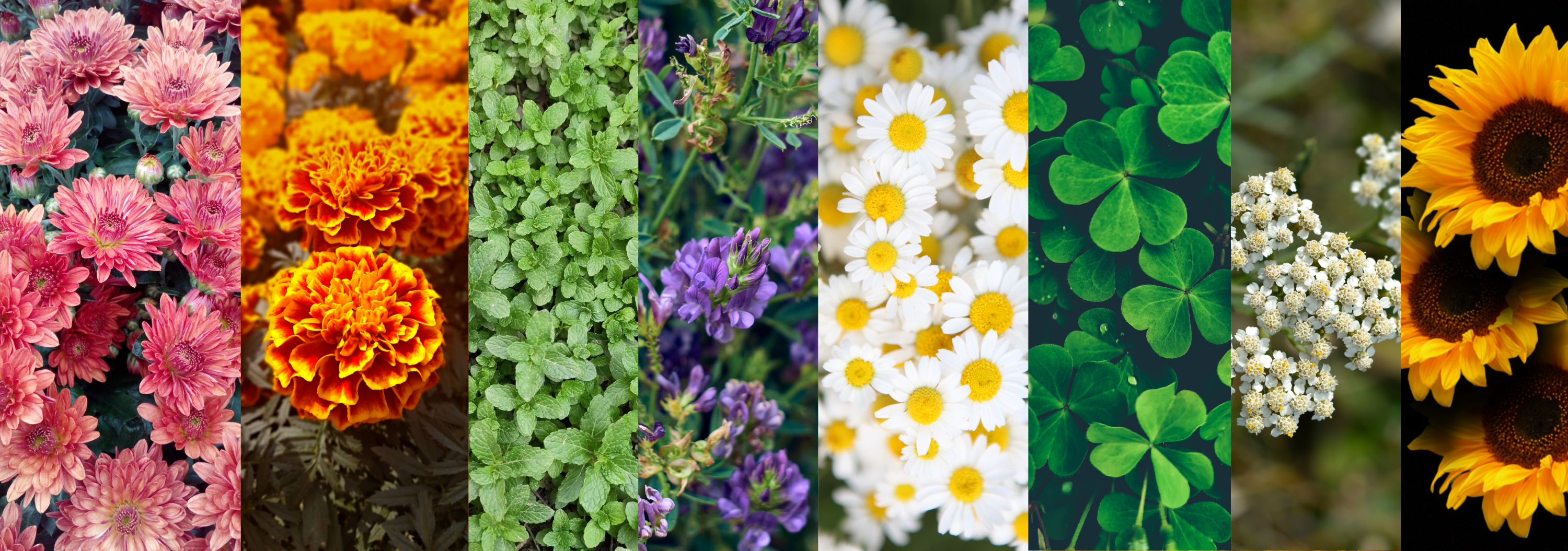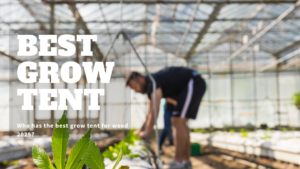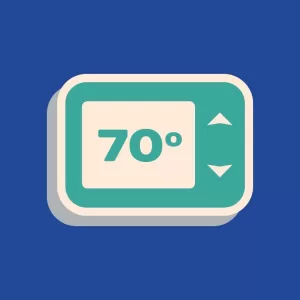Lighting: It’s not just for selfies anymore! In the meticulous world of indoor cannabis cultivation, the significance of optimizing grow lights for weed cannot be overstated. Proper lighting is a cornerstone of healthy plant growth, directly influencing yield and the final product’s quality. If you’re looking to score a high-yielding, potent harvest, mastering the art of grow room lighting control is a must.
With the advent of advanced technology, the market now offers an array of specialized lighting solutions, such as LED grow lights, that cater to the unique light spectrum needs of cannabis plants. However, navigating the complexities of light intensity, light quality, and light schedules can be daunting, especially for beginners. This makes understanding and implementing the best grow lights for weed indoors an essential skill for novice and experienced growers, aiming to maximize efficiency and minimize light stress and pollution in their grow rooms.
Focusing on practical insights, our guide aims to equip you with the knowledge to achieve optimum photosynthesis and yield optimization through effective lighting strategies.
Understanding Different Types of Grow Lights For Weed
In cannabis cultivation, selecting the appropriate grow lights is pivotal for ensuring plant health and maximizing yield. Here, we explore the primary growth light types used in grow rooms: LED, HPS, and CFL.
LED Grow Lights
LED grow lights are favored for their energy efficiency and longevity. They emit a broad spectrum of light, which can be tailored to the specific needs of cannabis plants at different stages of growth. This adaptability helps manage light intensity without risking light stress on the plants.
HPS Grow Lights
High-pressure sodium (HPS) grow lights have been a traditional choice for many growers due to their powerful light output and effectiveness in promoting flowering. However, they tend to generate a lot of heat and may increase the cooling requirements for the grow room.
CFL Grow Lights
Compact Fluorescent Lights (CFL) are commonly used for smaller grow operations or as supplementary lighting. They are less intense than LED or HPS lights, making them ideal for the early vegetative stage of cannabis growth, where lower light intensity is required.
Each grow light offers distinct advantages and limitations, and the choice largely depends on factors such as the grow area’s size, the plant growth stage, and energy consumption considerations.
Setting Up Your Grow Room for Optimal Lighting
Room Size and Light Coverage
Determining the correct number of grow lights is crucial for optimal plant growth. A common mistake is measuring the grow room instead of the plant canopy. For instance, a 4′ x 4′ canopy in a 5′ x 5′ room requires lights covering the canopy area, not the entire room 1. This ensures adequate light without excess that could lead to plant damage.
Reflective Materials
No one likes to waste money, and that includes wasting light. Using reflective materials, like Mylar or panda film, helps bounce light back onto your plants, ensuring they absorb every precious photon and potentially increasing light exposure by up to 30%. Proper installation is key to avoid light wastage and ensure even distribution across the plant canopy. On the other hand, light baffles help control light pollution and increase stealth – because sometimes, it’s good to keep things down low.
Adjusting Light Height
Grow lights should be adjusted regularly to accommodate cannabis plants’ rapid growth and prevent issues such as light burn or uneven growth 3. Ideal hanging heights vary by growth stage, with seedlings requiring 24″—36″ from the light source and mature plants 12″—24″ from the light source. Regular adjustments ensure optimal light intensity and distribution, which is crucial for healthy plant development.
Grow lights and Fixtures.
Choosing the right grow lights and fixtures is like picking the perfect outfit for a night out – you want to look good and make a statement. The same goes for your grow room – choosing the right grow lights will help your plants shine (literally).
Automated timers and Controllers
Automated timers and controllers are the unsung heroes of cannabis cultivation. These gadgets ensure that your plants receive the perfect amount of light at the right time, making them essential for creating a consistent environment for them to thrive.
Light hangers and Adjustable Pulleys
These handy tools are like the perfect pair of jeans – they help your grow lights fit just right. Light hangers and adjustable pulleys allow you to raise and lower your grow lights to keep the ideal distance from your plants, ensuring they receive the right amount of light without getting scorched.
Optimizing Light Schedules for Different Growth Stages
Vegetative Stage Lighting
During the vegetative stage, cannabis plants require a light schedule that promotes robust growth and development. Most growers utilize an 18/6 light cycle, providing 18 hours of light followed by 6 hours of darkness. This mimics long summer days and supports the plant in developing a strong root system, robust stems, and lush foliage. It’s crucial to provide the correct light spectrum during this phase to optimize photosynthesis and prepare the plant for flowering.
Flowering Stage Lighting
Transitioning to the flowering stage, the light schedule shifts to a 12/12 cycle, with 12 hours of light and 12 hours of uninterrupted darkness 6. This change mimics the natural photoperiod of late summer and triggers the cannabis plants to start producing buds. Adequate light during this stage is essential as it influences bud formation and the development of cannabinoids and terpenes, which are key to the plant’s potency and aroma 7.
Transitioning Between Stages
When shifting from vegetative to flowering stages, adjusting the light cycle gradually is important to avoid stressing the plants. Sudden changes can disrupt growth and affect yield. For photoperiod plants, the transition is controlled by altering the light timings, whereas autoflowering strains automatically flower regardless of the light schedule, although they still benefit from optimal light conditions.
Troubleshooting Common Lighting Issues
Light Burn
Light burn is a frequent issue characterized by yellowing leaves at the top of the plant, directly under the grow lights. This condition often mimics nitrogen deficiency but is distinguished by its location and the sturdiness of the affected leaves. To mitigate light burn, growers should adjust the height of their lights or reduce their intensity. It’s crucial to monitor the distance, especially with high-intensity lights like LEDs, which can cause bleaching or “albino” buds if too close.
Insufficient Light
Plants with insufficient light exhibit slow growth and may stretch towards the light source, leading to weak stems. Ensuring a minimum of 3000 lumens per square foot during the vegetative stage is essential for healthy growth. If the existing lighting setup does not meet these requirements, upgrading to a more robust system or increasing the number of lights is advisable.
Heat Management
Excessive heat in a grow room can lead to many issues, including reduced potency and premature flowering. Maintaining optimal temperatures of 68–79°F with lights on and adjusting at night can prevent heat stress. Heat management strategies such as using LEDs, which produce less heat, or changing light schedules to cooler periods of the day can significantly alleviate temperature-related problems 12.
Conclusion
Cannabis plants may not be able to talk, but they’ll thank you for providing them with the perfect lighting control system (probably by producing a bountiful harvest). A well-designed system ensures optimal plant growth, health, and yield.
Follow the steps outlined in this article – from understanding the basics to designing, maintaining, and optimizing your grow room lighting control system – to create a successful and efficient lighting environment for your cannabis plants.
Proper lighting management is the key to unlocking your cannabis plants’ full potential. So, light up your grow room (with grow lights, of course) and watch your plants reach new heights – all while you sit back and bask in the warm, green glow of your cannabis cultivation success.
FAQs
What is the recommended distance between grow lights and cannabis plants?
The appropriate distance for grow lights from cannabis plants varies depending on the stage of growth. In the vegetative stage, set LED grow lights at about 18-24 inches above the plants. During the flowering stage, position the lights closer, approximately 12-18 inches from the plants.
Which type of grow light is best for growing cannabis?
High Intensity Discharge (HID) grow lights are highly recommended for cannabis cultivation. They are more efficient than fluorescent lights, offering a superior yield-to-wattage ratio. Additionally, HIDs are user-friendly, making them a preferred choice for many growers.
How can I maximize the effectiveness of grow lights?
To effectively use grow lights, follow these top tips: Understand the specific light requirements of your indoor plants, ensure the light is evenly distributed by matching the size of your plants, maintain proper spacing between the lights, regularly water your plants, use light scheduling to enhance plant growth, adjust the intensity of the lights as needed, become knowledgeable about different light spectrums, and adapt light schedules according to seasonal changes.
What does the 10/14 light cycle involve in the flowering stage of cannabis?
The 10/14 light cycle provides 10 hours of light followed by 14 hours of uninterrupted darkness. This cycle is particularly useful during the flowering stage to stimulate earlier blooming and potentially increase the yield of certain cannabis strains.


